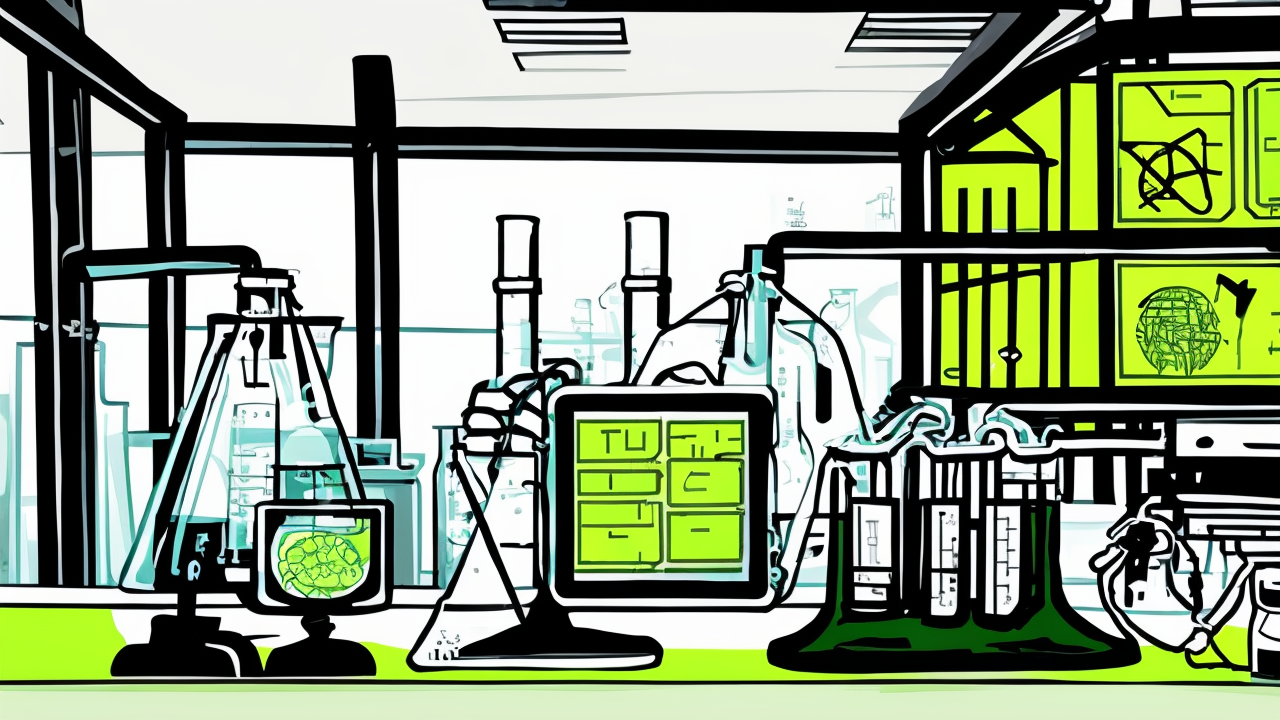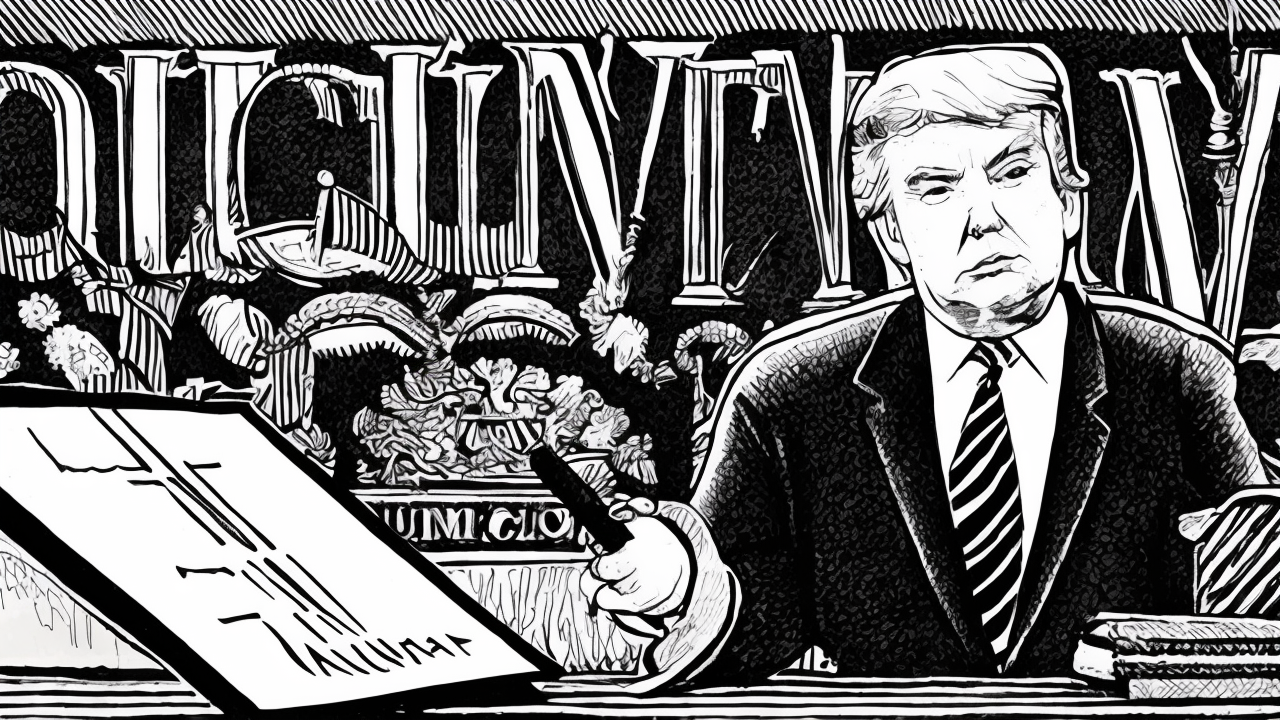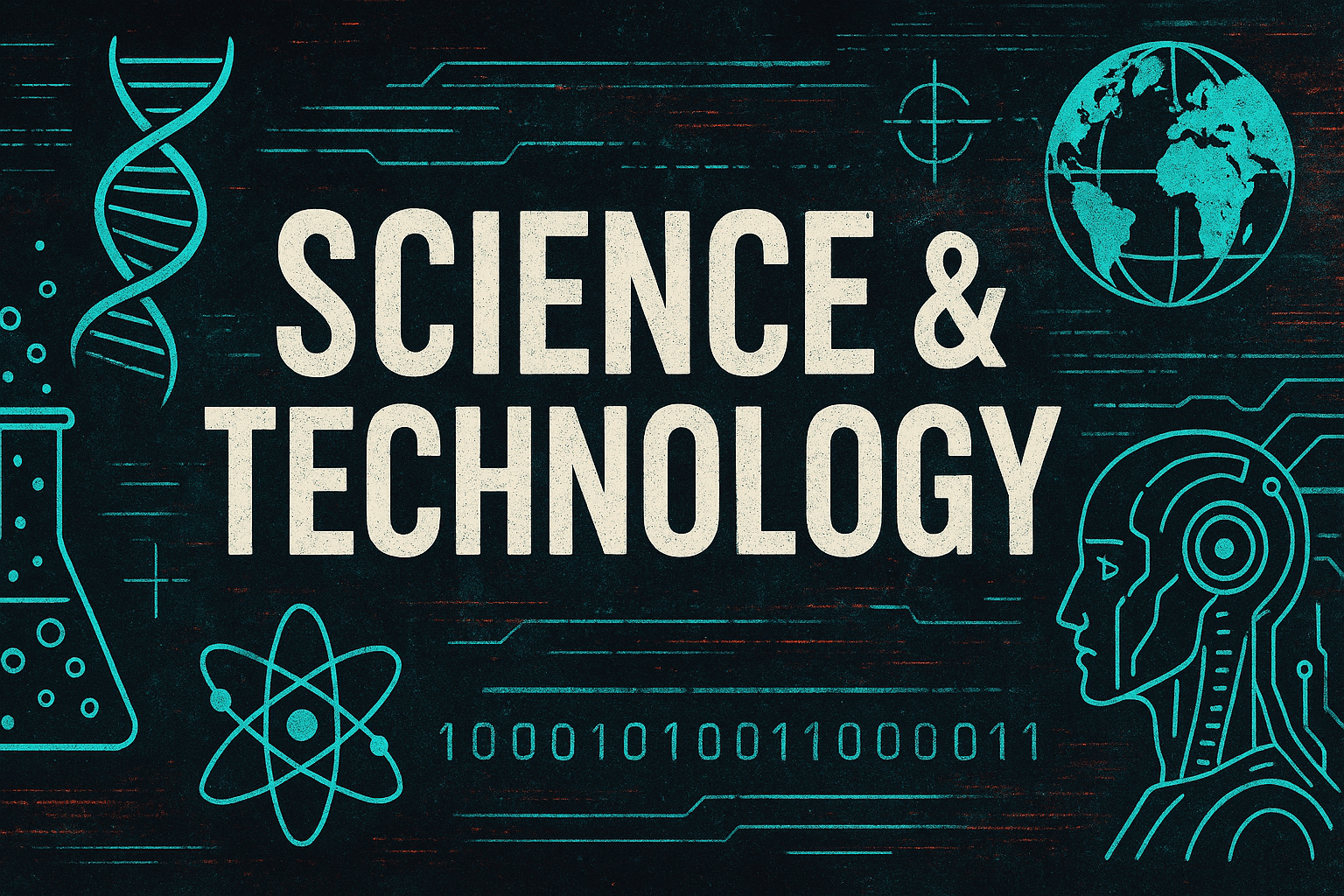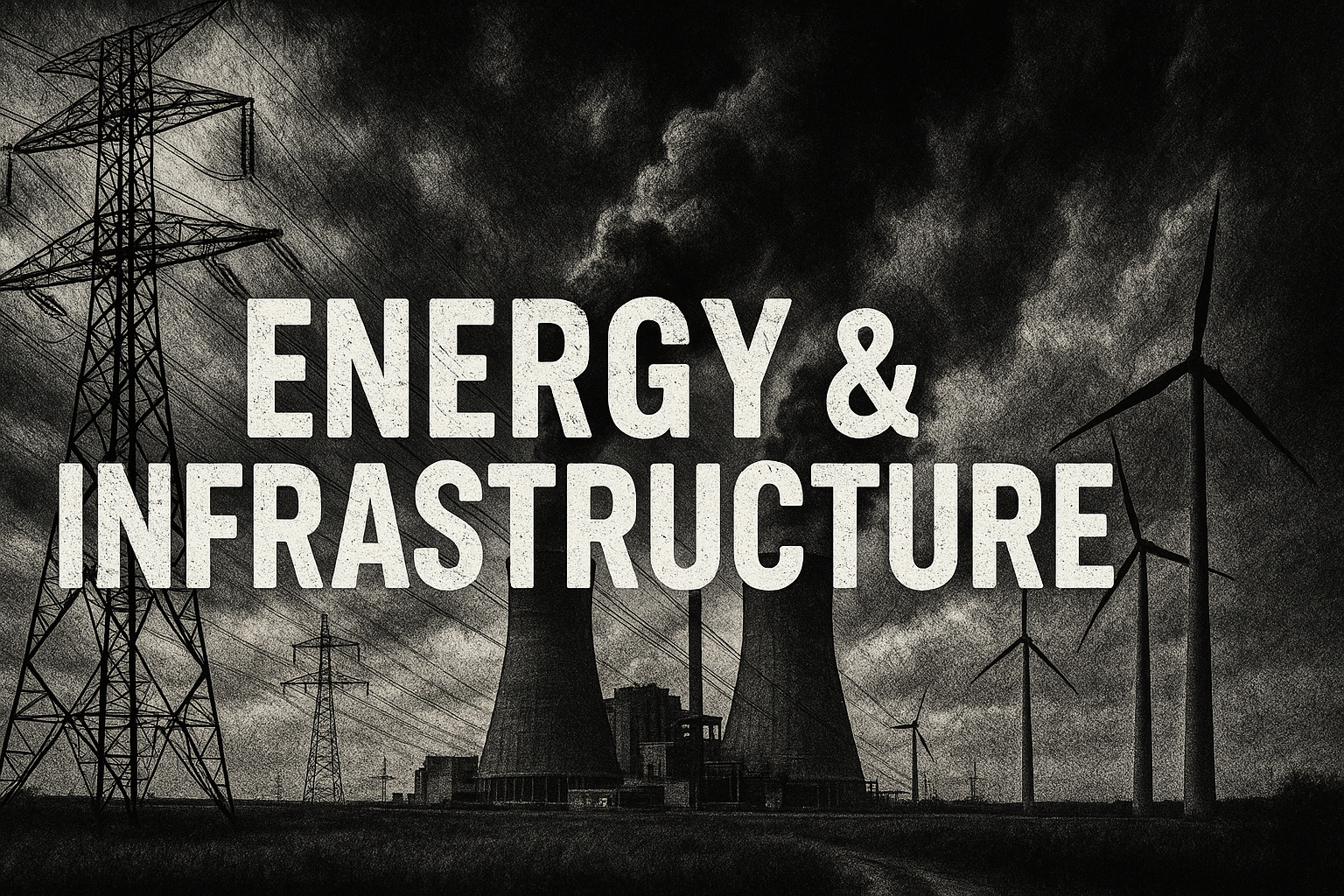U.S. and Japan Reach Comprehensive Trade Deal Amid Automaker Concerns
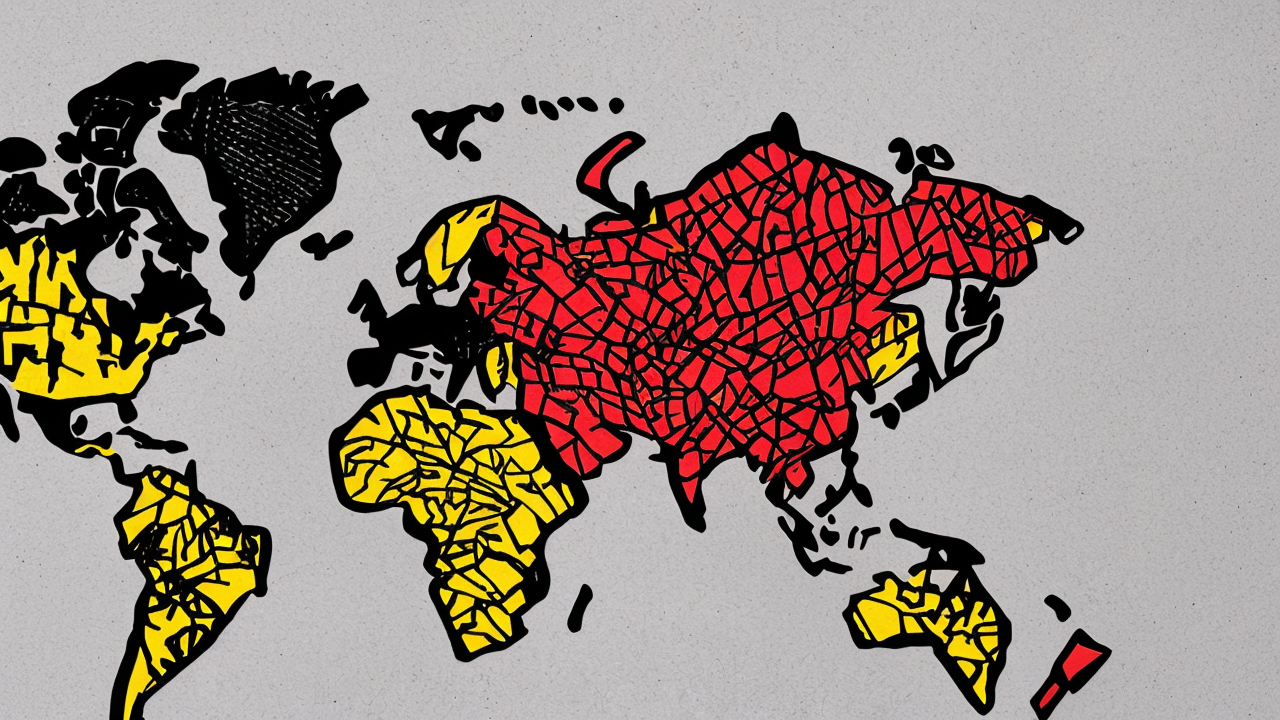
President Trump has announced a significant trade agreement with Japan, marking a major step in U.S. trade policy. The deal includes reciprocal tariffs set at 15%, a $550 billion investment by Japan in the United States, with 90% of the profits to remain in the U.S., and opens trade for key goods such as cars, trucks, and agricultural products. Japan has committed to increasing U.S. rice imports by 75% and purchasing $8 billion in U.S. agricultural goods, including corn, soybeans, and bioethanol. However, the deal has sparked concern among American automakers. While Japanese vehicles will face a reduced 15% tariff, U.S. automakers continue to pay a 25% tariff on imports from Canada and Mexico. This disparity has led to criticism from industry groups, who argue the deal disadvantages American manufacturers. The Detroit Big Three—General Motors, Ford, and Stellantis—have expressed particular concern over the higher tariffs on North American-produced vehicles, which they claim puts U.S. industry and workers at a disadvantage. The trade agreement also maintains high tariffs of 50% on steel and aluminum, further impacting U.S. manufacturers reliant on imported materials. Despite these challenges, the deal includes provisions for a potential $44 billion Alaska liquefied natural gas (LNG) pipeline project, with Japan and other Asian nations expressing interest in partnering on the initiative. While the deal aims to boost U.S. exports and foster economic growth, its implications for the automotive industry remain uncertain. American automakers face additional hurdles in the Japanese market due to differences in consumer preferences and regulatory standards, which may limit the effectiveness of the agreement in expanding their market share.
Published: 8/7/2025





